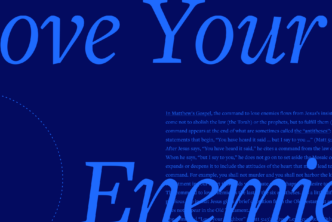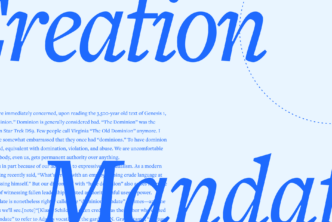A few years ago, researchers discovered that our memories might not be as reliable as we think. In fact, every time you recall a memory, your brain distorts it a little. Like making a copy of a copy of a copy, you reproduce the event in your mind’s eye based on earlier versions of the memory.
You aren’t remembering the event, you’re remembering the memory.
That makes the memories we most often recall least like the events that produced them. In other words, the more vivid the memory, the less accurate it likely is.
Something similar happens with biblical stories. When we come to familiar passages, like the Easter story, we are tempted to rely more on our memory of the story and less on the text of Scripture itself.
We interpret through the lens of our modern experience and the traditions that have grown up around the story. We recall the gist of the narrative and the details are lost. We forget that the story arose in a specific religious and cultural milieu that should inform the way we read it.
Our experience of the Bible is far too often like a copy of a copy of a copy.
But when we re-examine those familiar stories, we rediscover their significance and power. For instance, when you truly understand what a first-century tomb was like, you gain a better sense of what Mary and Martha would have experienced that first Easter morning. You are reminded of the reality of the events depicted, and the importance of the truths they convey.
Reading Scripture through first-century eyes
In Misreading Scripture with Western Eyes, this month’s free book, Brandon O’Brien and E. Randolph Richards shed light on the ways Western readers often misunderstand the cultural dynamics of the Bible. They identify nine key areas where modern Westerners have significantly different assumptions about what is going on in a text than what the context actually suggests. Drawing on their own cross-cultural experience in global missions, the authors show how greater understanding of cultural differences in language, time, and social mores allow us to see the Bible in fresh and unexpected ways.
This eye-opening book will help you discover some of the ways you may be misinterpreting Scripture—and how to avoid those pitfalls the next time you read a familiar passage. Get it free this month only.





